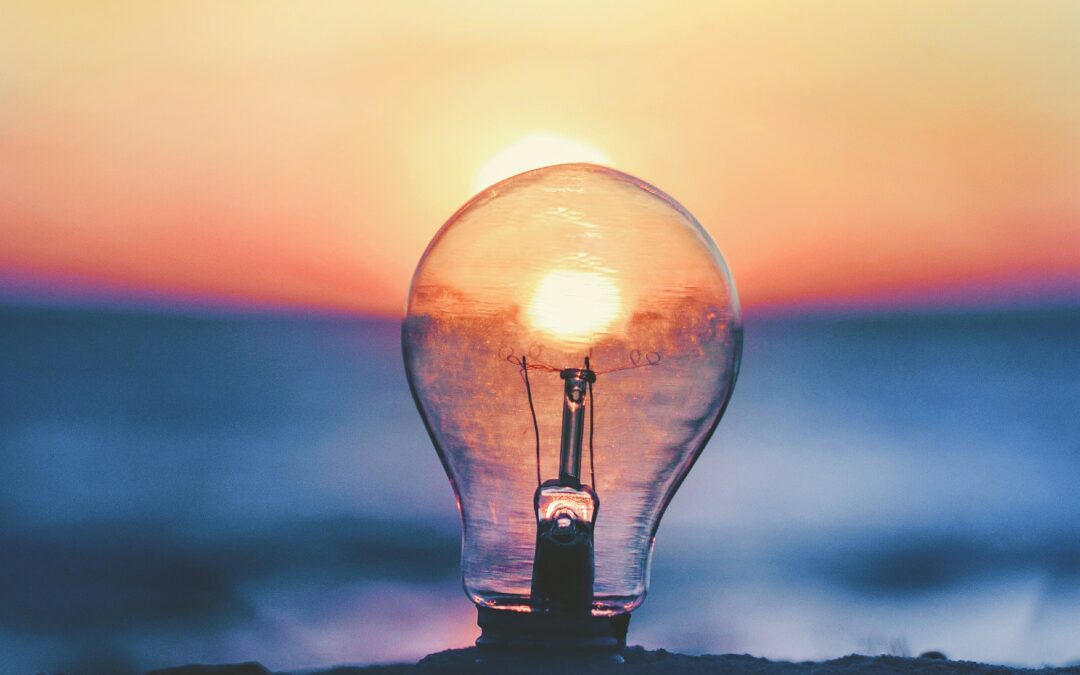No Results Found
The page you requested could not be found. Try refining your search, or use the navigation above to locate the post.

This course provides students with the fundamentals of information technology (IT). Including the latest technologies, the relevant principles, concepts and softwares and hardware. Aligned with this course, we provide challenges to students from the industry giving them to opportunity to chime in to the conversation of a changing world.

Innovation Management is the system by which organizations can foster a culture that supports the methodical management of human capital, information, and knowledge to transform new ideas into successful products, processes and services. The pillars of innovation include the collective knowledge, experience and other attributes of organizations and their work force that allow them to convert ideas into viable processes, products, and services that bring economic value and increase their economic competitiveness in the knowledge economy.
1. Understand what Innovation Management is and how it relates to business strategy.
2. Understand how innovation drives economic competitiveness.
3. Understand how macroeconomic indicators play a role in shaping policy.
4. Gain familiarity with the role of organizational structures and strategies in innovation.
5. Understand the enablers and inhibitors of bringing out innovation and creativity of people.
6. Learn the fundamentals of change managements and its relevance to innovation.
7. Learn the fundamentals of intellectual property and its management.
8. Have a high-level overview of innovation in product development and in operations
management.

This course gives students an introduction to the roles of information technology (IT) in business organizations. They learn how IT is used to create value, solve challenges and achieve competitive advantage. As the world changes, IT has its foundation but we also integrate the latest updates from industry experts.
The page you requested could not be found. Try refining your search, or use the navigation above to locate the post.